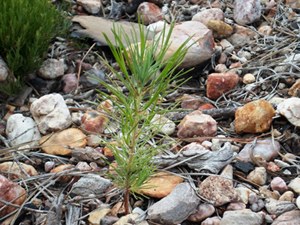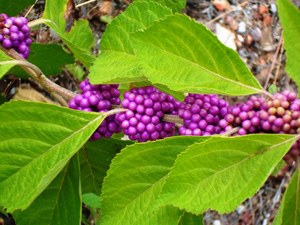Fighting Fire with Fire
The Lost Pines region is one of the westernmost stands of loblolly pines in the country. It is a unique and fire-dependent ecosystem. For thousands of years, natural fires shaped this landscape - clearing underbrush, recycling nutrients and helping native species thrive.
However, with European settlement came a decrease in fires. People began putting out fires to protect their homes and livelihoods.
When a fire started in the Lost Pines in September 2011, it had ample fuel due to years of built-up underbrush. By the time the month-long Bastrop Complex Fire cooled, it burned over 33,000 acres, along with many homes and businesses in its path. Two people died in the fire.
Prescribed fire returns
Texas Parks and Wildlife Department will reintroduce prescribed fire in the Lost Pines State Park Complex, which includes Bastrop and Buescher state parks, through fall and winter of 2025 and 2026. Carefully planned and executed burns are essential to the long-term health of the forest and the people who live within and around it. The burns will also help the forest recover from historic wildfire and flood damage.

Get notified
In the Bastrop area? Sign up to receive text alerts for prescribed burns at Bastrop and Buescher state parks by texting BastropRX to 888777 (not case sensitive). You may unsubscribe at any time. This is separate from WARNCentralTexas and will only notify you about prescribed fires on the state parks.
Why conduct prescribed burns?
Prescribed fire plays a dual role:
- Ecosystem health: It mimics natural fire cycles, reduces invasive plants, and promotes native plant growth. This creates better habitat for wildlife and more resilient forests. Resilient forests can recover more quickly from stressors like disease and wildfire.
- Community safety: It significantly lowers the risk of destructive wildfires like the 2011 Bastrop Complex Fire by reducing the build-up of hazardous fuels.
In short, prescribed burns:
- Reduce hazardous fire fuels (dead and dormant plant matter).
- Protect communities by reducing the threat and severity of wildfires.
- Slow the spread of pests, disease and invasive species.
- Provide habitat and food for wildlife by encouraging new plant growth.
- Recycle nutrients into the soil.
- Promote native species – fire benefits many of them.
- Encourage a diverse natural landscape, in part by slowing the growth of woody plants.




